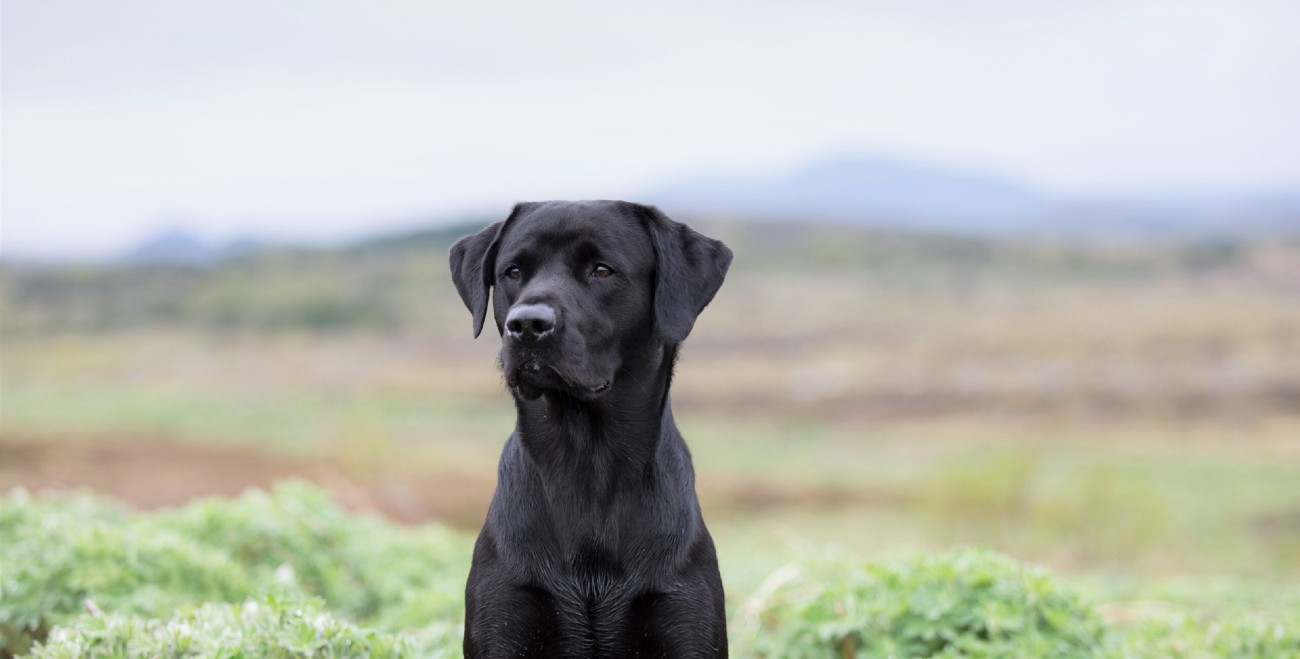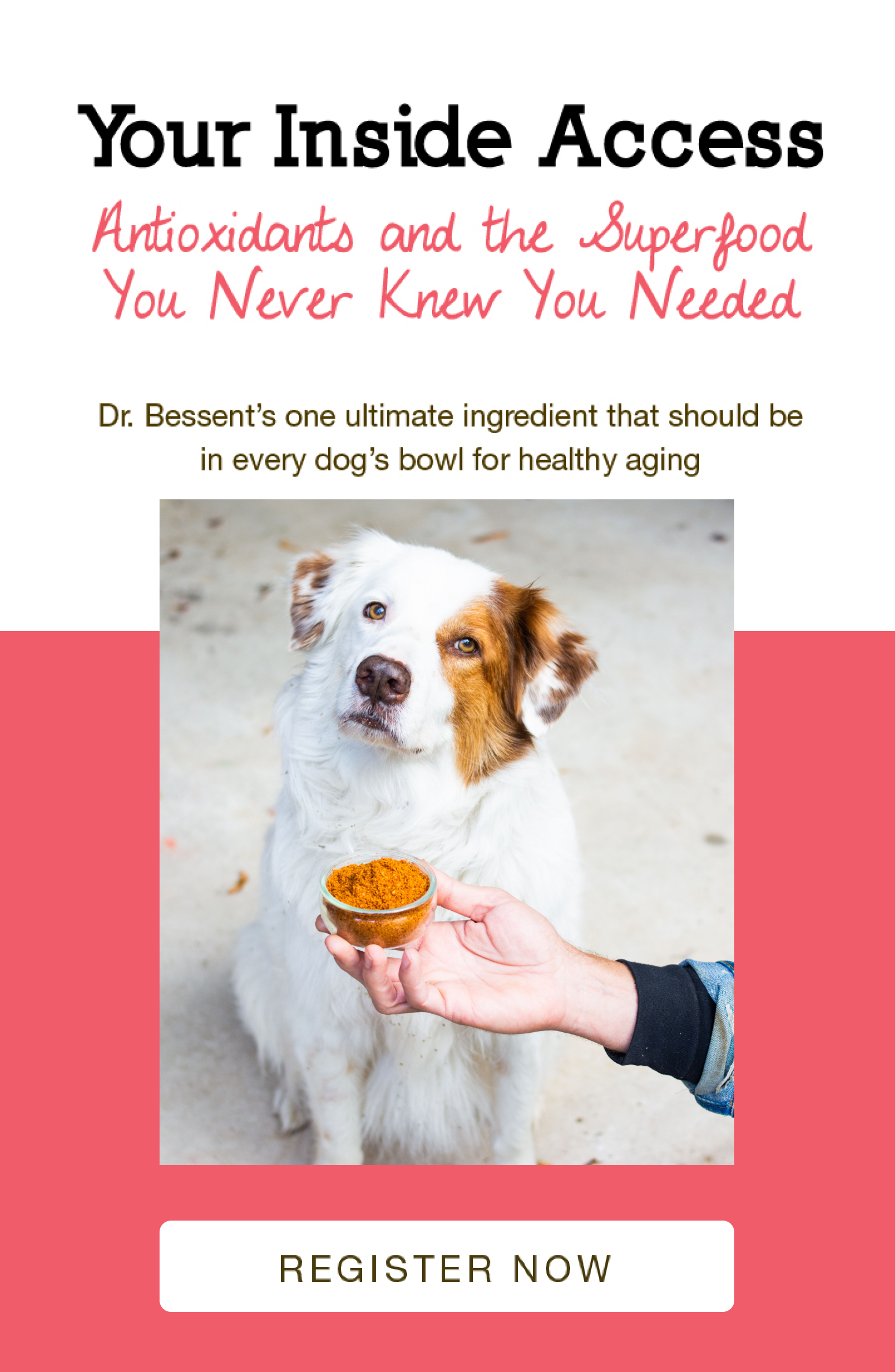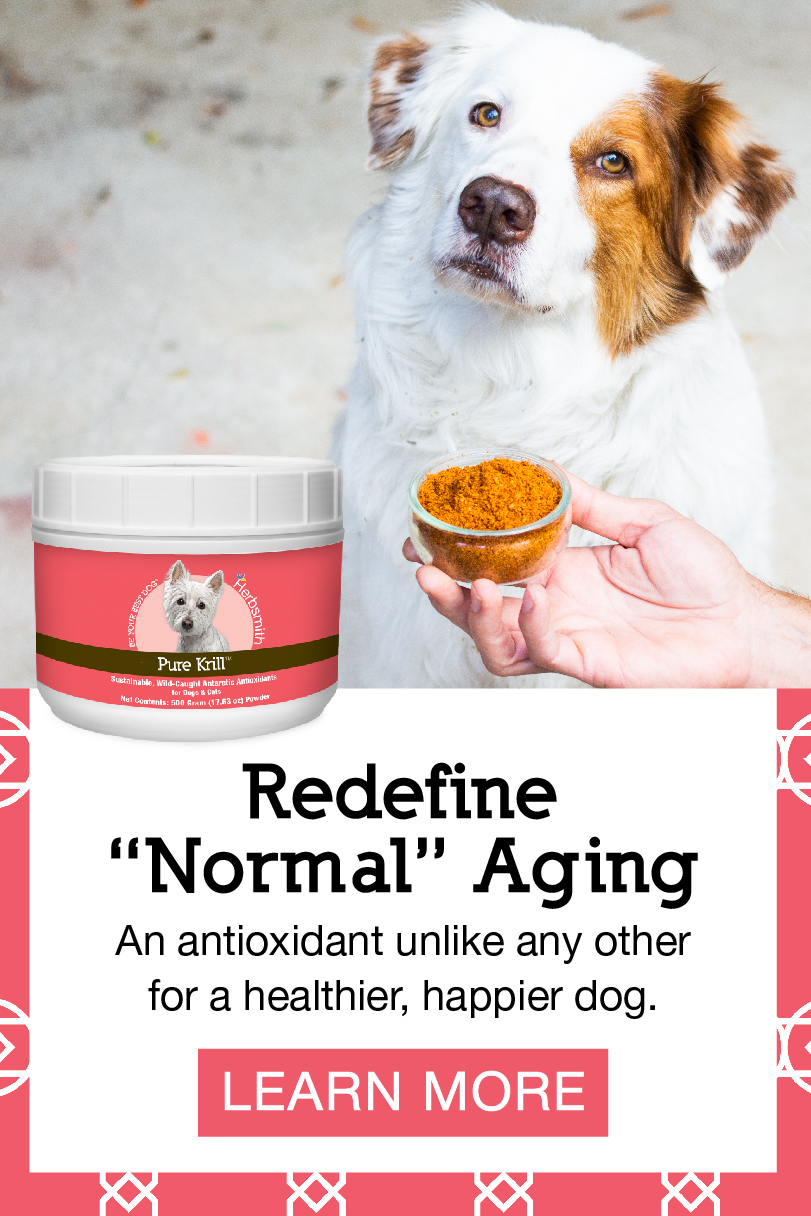Home > Blog > Now You Know/ Better Your Pet | Read Time: 7 minutes
We’re all aging. We see a laugh line here, a more pronounced crow’s feet there, and for our dogs, it’s much of the same. Their muzzle and eyebrows are peppered with gray, and those sparkling eyes begin to gray and dull. And the consensus is that when you age you get health problems. It’s just considered a normal part of aging.
Average Lifespan by Breed
- Labrador – 11 years
- German Shepherd – 11 years
- Golden Retriever – 12 years
- Bulldog – 9 years
- Beagle – 14 years
- Yorkshire Terrier – 13 years
- Great Dane – 7 years

The average lifespan of a dog is 11-12 years old. A dog becoming a senior citizen with arthritis, graying hair, dementia at 7 or 8 seems normal. I hope you’re sitting for this– it’s not.
Breathe. This isn’t meant to send you into a downward spiral. Instead, we can use this to take a different approach to aging.
Age doesn’t automatically equate to illness.
We want to talk about what we can do about aging now because you don’t have to look much further than the bowl. There are 5 things linked to a long life for dogs– a few habits and just 1 ingredient can make a radical change in how your pup ages.
On the Agenda
Let’s dish, shall we?
#1 Daily Exercise As Part Of Life
We can take lessons from centenarians here. From Okinawa to Sardinia, the oldest living human centenarians incorporated movement or activity into their daily lives. The same held true for Maggie, the 30-year-old kelpie who lived on a dairy farm in Australia. The world’s oldest dog reported to work daily to tend to her cattle.
Whether it was walking, tending their gardens, or herding animals, there was a job to be done. They had a purpose that kept them moving.
You likely know a dog that assigns themselves tasks– mail retrievers, vigilant watchdogs, and that’s because dogs love jobs. Even collecting the ball in a game of fetch is rewarding in its own right.

The big insight here? Give them something to do!
Give them a job and exercise is just a means to an end.
#2 Lean Body Weight
Statistics from 2018 showed that more than half – 53.9% of dogs and 58.9% of cats – are not just overweight, they are obese. More than half.
Even though life-threatening disease has been positively linked with overweight dogs and cats, pet obesity is still rising and reaching epidemic proportions. In the U.S., severe obesity among humans has effectively doubled in the past two decades, and our pets are right there with us.

Mind-melting statistics aside, what’s abundantly clear is that lean body weight is the answer.
You can’t talk about lean body weight without talking about diet, though. More specifically, how feeding a species-appropriate diet maintains a lean body weight in dogs.
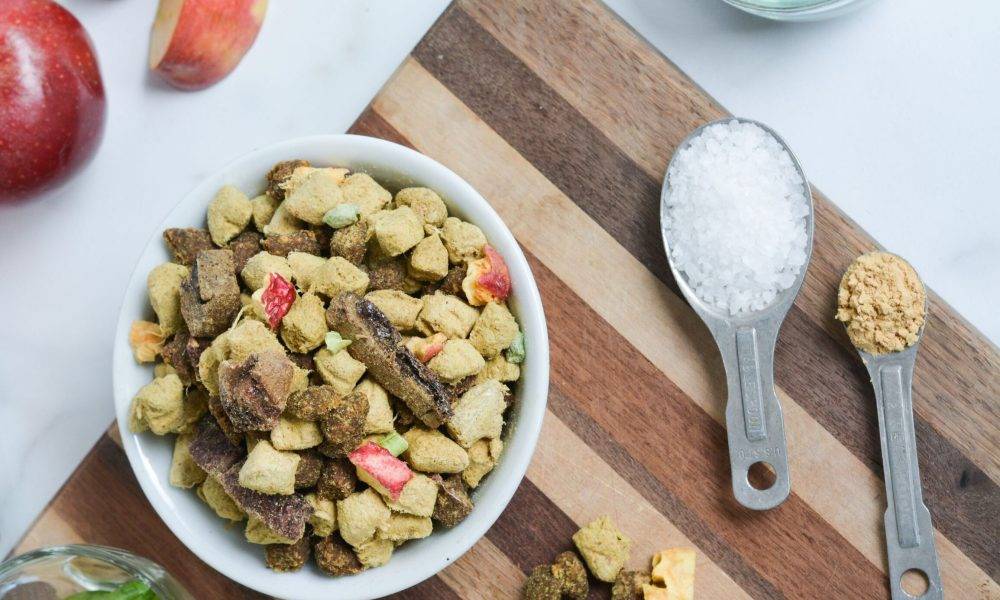
*Spoiler* we’re not talking kibble, but real food for dogs, in the right proportions (high in protein, low in carbohydrates) for your scavenger carnivore.
#3 Little To No Toxins
This seems like a bit of a no-brainer, but the key here is understanding how dogs are exposed to toxins.
- Environmental toxins including pesticides, cleaning products, phthalates from plastics, and contaminants like radon in drinking water
- Carcinogens in kibble (seriously — check this out)
- Voluntarily administered toxins including excess vaccinations, monthly flea and tick, and heartworm prevention

Avoidance would be the best way forward, but since that’s not exactly pragmatic, it makes sense that we minimize the exposure to toxins where we can and then add a detoxifier like Milk Thistle to help maintain little to no toxins in our dogs.
#4 Happy Attitude
Like the human centenarians, who prioritized low-stress lifestyles, dogs really seem to have this habit down pat. More often, they are our support systems because they are marvelously, mind-bogglingly astute with an innate ability to soothe, assist, and care for us.

Their keen perceptions also sense the stress, though, and it has a profound impact on them. And in times like these, with a shift to a new norm, we need to be aware of how animals are affected and then take steps to make wiggles and wags part of their day.
Consider their environment and whether their needs are being met first. Animals need time for play, and mental gymnastics, and belly rubs. If these aren’t being met, especially in high-drive dogs, it can undoubtedly contribute to stress and even anxiety.
#5 Fresh, Antioxidant-Rich Foods

Okay, so it’s not so much 1 ingredient as it is the 1 ingredient found in certain, shall we say, superfoods. The most important addition to the bowl is antioxidant-rich foods.
You want to add antioxidants because they reduce oxidation — which means less cell damage and a higher likelihood of a longer and healthier life. You can learn more about why you should be prioritizing antioxidants for your dog here.
15% – 25% of the bowl should be made up of nutrient-dense fruits, vegetables, and oils rich in antioxidants.
Use fresh whole foods like fruits, brightly colored vegetables, and polyunsaturated fatty acids, specifically Omega-3 fatty acids (EPA & DHA). Omega 3s are a must since carnivores can’t produce them on their own. They promote a healthy inflammatory response in everything from the heart to the immune system, and they happen to have anti-inflammatory properties.
There’s one antioxidant, in particular, Dr. Bessent recommends. “If there’s 1 single ingredient that should be in every bowl to help support healthy aging in every dog, it’s this.”
It’s brimming with antioxidants, Omega-3 fatty acids, and phospholipids. In fact, it offers nature’s most potent antioxidant, astaxanthin—an antioxidant thousands of times more powerful than Vitamin E, C, and beta-carotene.
5 simple things can redefine how we view “normal” aging – appropriate, antioxidant-rich nutrition paired with exercise, lean body weight, little to no toxins, and a happy attitude. These are the keys to your dog leading a long, vibrant life.
Share this Post
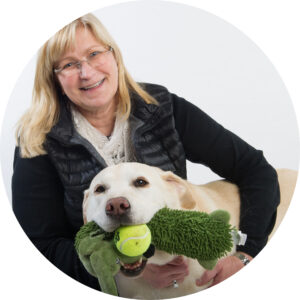
Dr. Chris Besent
Chris Bessent, DVM, MSOM, Dipl. OM, L.Ac. has over thirty years of experience in veterinary medicine including certificates in veterinary acupuncture, veterinary chiropractic and veterinary Chinese herbology. Imbued with Eastern philosophy and the knowledge that food is the foundation of health, Dr. Bessent also received her degree in veterinary nutrition and began to formulate recipes fit for a carnivore from nothing but whole foods. Currently, she divides her time between the Simple Food Project and Herbsmith, both of which are owned and operated out of her facilities in southeastern Wisconsin.

Kayla Behling
Kayla is the Content Writer for Herbsmith. She has a cat named Professor Cat-Faced Meowmers, who goes by Kitty, and a goof of a dog, named Duck. She stays busy biking trails, losing at board games, and searching for the next best craft beer.
